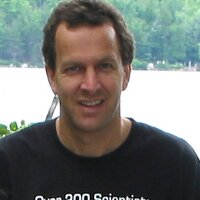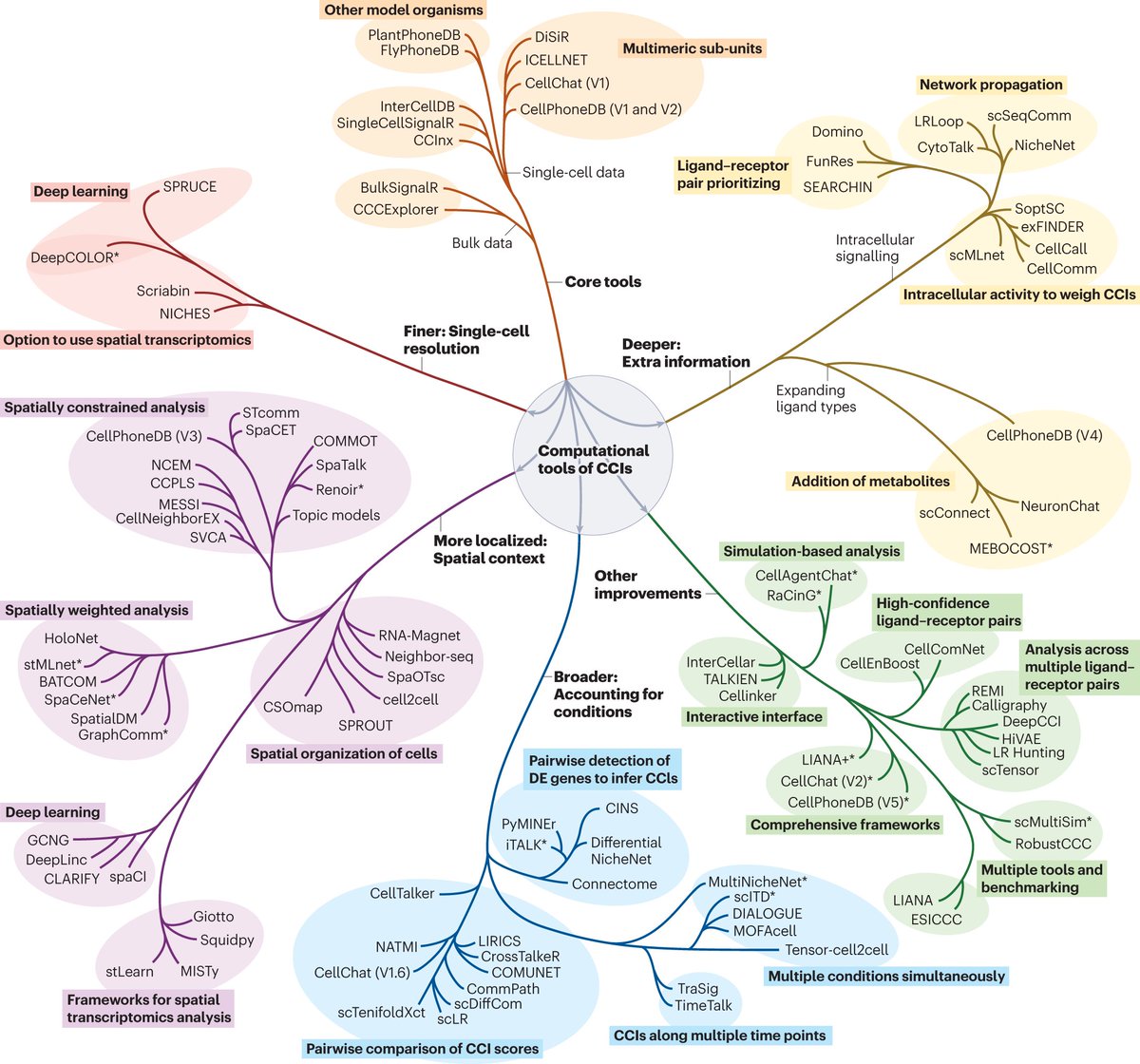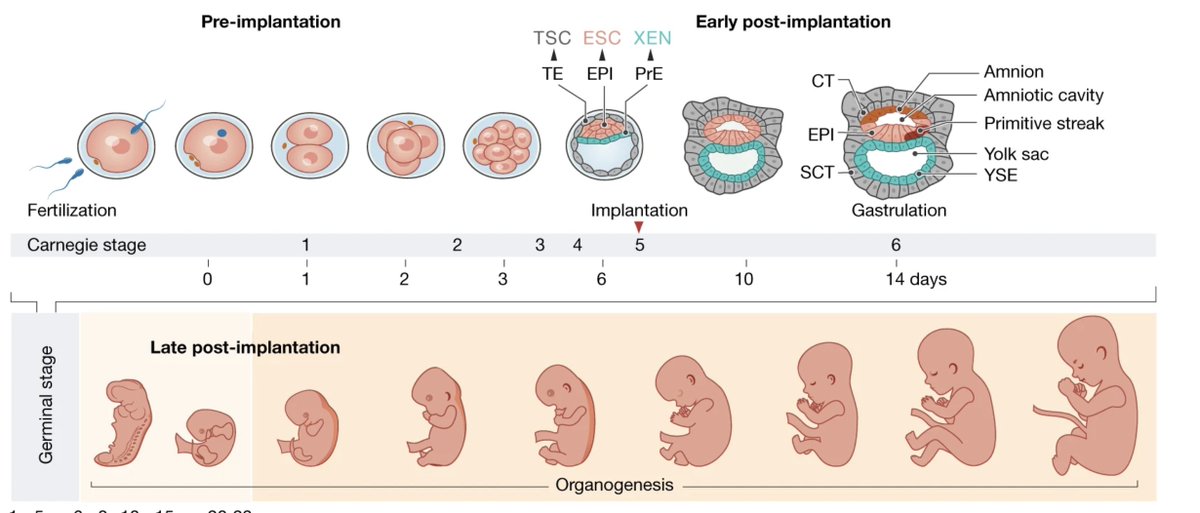
Amir Feizi
@amir_feizi
Computational Biologists
ID: 2802870305
03-10-2014 21:29:57
489 Tweet
184 Followers
620 Following


Our paper is out in @nature! This is from a @cshlbanbury meeting where a group of scientists got together to ask, can we ever identify the complete set of human genes? And how do we do that? with Mihaela Pertea Ales Varabyou Piero Carninci and many others nature.com/articles/s4158…

Ever wonder how economics impacts mammalian cell decisions? Check out the new review by Hratch M Baghdassarian "Resource allocation in mammalian systems"


These past few years have seen a rapid expansion of cell-cell communication research. Check out Erick Armingol's new Nature Reviews Genetics review of the diverse methods leveraging single-cell and spatial omics: rdcu.be/dwkND


We are excited to announce amazing opportunities to join our team, working on an incredible collaborative project aimed at developing generative AI to model human development alongside Muzlifah Haniffa. hiring at both predoctoral and postdoctoral levels. Deadline 14/04, pls share







